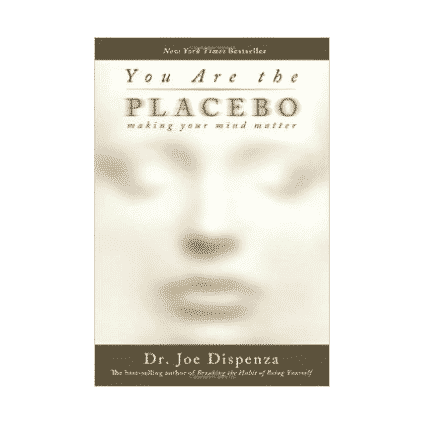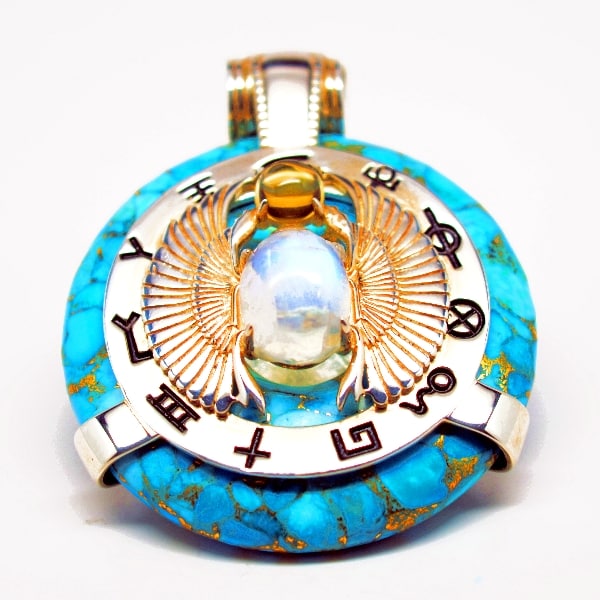Are You a Natural Born Healer?

If you have ever had a palm reading, you’ve probably heard of the healer line. The healer line is actually more than one line; it’s a bundle of four or more parallel vertical stripes nestled just below the pinkie finger. In palmistry, this marking represents a person’s capacity to hold space for others to heal themselves. It denotes a certain emotional awareness that allows healers to offer help without losing themselves.
There’s no prescription as to how this healing gift manifests. Some people with the healer line are skilled at offering wisdom in just the right way, like therapists. Others are deep listeners and make really good friends and sounding-boards. Others are gifted at supporting people through spiritual healing through modes like gemstone and energy work. Others still, like doctors, nurses, and bodyworkers, can treat the physical body through touch and medicine. We live in a wide and varied world of healers.
It’s said that the number of parallel stripes on your hand point to how integrated the art of healing should be in your life. Four stripes means you have the gift of healing; six means that healing should central to your life somehow, like your profession; and eight stripes means your calling is to be a person who makes space for other healers to heal.
The specificity gets mind-boggling, and with such detail naturally comes a sense of exclusion — does that mean that if you don’t have four, six, or eight stripes on your palm, you cannot succeed as a healer? Absolutely not. The impulse to take the path of the healer spurs from the deep complexity of the human mind, body, and spirit. As such, they manifest in many different ways.
Healers Put Their Emotional Intelligence to Use
Subtle kindness is the sort of thing that’s easy to gloss over as a mechanism for healing, but when you parse out exactly how healing manifests in the world, it turns out to be the average, run-of-the-mill kindnesses that rise to the top. Can you imagine what daily life would be like if every single interaction you had throughout the day, from chatting with coworkers to ordering coffee, stemmed from malice? It would be disheartening to say the least. 
The ability to manage personal emotions and the emotions of others is called emotional intelligence. The most intuitive healers are those with high emotional intelligence; the ones who are able to interact with others from a place of kindness and compassion. They harness the power of emotion in service of bettering the world. It’s the guy who makes your coffee everyday and doesn’t sweat it when you’re a few cents short It’s the manager who offers to cover your shift when you have a family emergency. In fact, mastery of emotional intelligence in the workplace is such a valued skill that 71% of hiring managers said it’s more important than IQ in their hiring decisions. It’s always nice to encounter situations where compassion pays off in the business world.
The alternative is a world where we all walk through life wounding one another with every word and every interaction. Intuitive healers understand that there’s enough of that going around already. It may not even be a conscious thing, but in one way or another they make it their job to be the salve to society’s harshness.
Paying the Bills as a Healer
Countless people are drawn to the healing arts as their profession. Whether they have six parallel lines on their palms or not, this type of healer has a special knack for uniting their inner calling with the practicalities of work.
Nursing is one of the most prominent examples of a healing profession in high demand in the work sphere. Since the days of nursing entrepreneurs like Clara Barton, Gayle Francis, and Candace Campbell, RNs and NPs have been putting their healing instincts to work in ways that not only benefit their patients, but benefit society as a whole. Barton’s founding of the American Red Cross in 1881 gave nurses all across the nation a means to heal patients without limiting themselves to a single geographical location. Not to mention they get a paycheck at the end of the month, and thus have the financial stability to devote all of their energy to medicine.

Therapists, bodyworkers, and energy workers are also finding ways to unite as a means of improving the stability of their healing practices enough to count upon it for financial security. The organizational efforts of these healers can be seen in terms of day to day accessibility.
As nontraditional practitioners like acupuncturists push for the inclusion of their healing modes to be covered by insurance plans, which in turn makes them an affordable option for more people, the popularity of the mode increases dramatically. A National Health Interview Survey found that between 2002 and 2007, the number of people using acupuncture treatment increased from 8.19 million to 14.01 million people. Awareness, cost, and insurance coverage appeared to be the main reasons people turned to acupuncture. In short, if acupuncturists hadn’t put in the extra energy to advocate for the accessibility of their practice, they wouldn’t have nearly as many patients. A healer simply isn’t a healer without someone to benefit.
Healers Take to the Streets
One of the hallmarks of a healer is that their work is rarely ever done. Think of a healer you admire; it’s likely they express themselves quite selflessly and have a general tendency to go the extra mile.
 Once a healer has reached the peak of technical training in their field — be it massage therapy, nursing, social work, or environmental science — it’s quite common for them to apply their skills to situations beyond just the hospital, office, lab, or wherever they traditionally practice. That’s the thing about healing: there’s always more to be done and different ways to express it.
Once a healer has reached the peak of technical training in their field — be it massage therapy, nursing, social work, or environmental science — it’s quite common for them to apply their skills to situations beyond just the hospital, office, lab, or wherever they traditionally practice. That’s the thing about healing: there’s always more to be done and different ways to express it.
Body healers like nurses make great community advocates because they are so intimately in touch with the communities they serve. Nurses see firsthand the ways their patients are impacted by the sociopolitical environment in which they live. They also represent the first line of defense against changes that could negatively impact their patients. Social workers and therapists have a similar role to play, only their expertise comes in sussing out the psychological impacts a patient’s environment has on their overall health.
If you know someone who expresses the traits of a natural healer, try acknowledging their inner healer. This goes for yourself as well. Take a look at your palms just for the fun of it. Sometimes all it takes to illuminate your calling is the simple recognition of what’s already there.
©Universal Copyright 2017 is authorized here. Please distribute freely as long as both the author Katie Kapro and www.QuantumStones.com are included as the resource and this information is distributed on a non-commercial no charge basis.






















